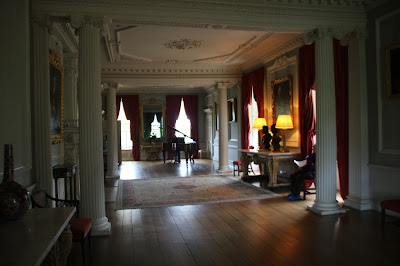Wimpole Famr and estate is a WOW place
The stables greet you and theyalone are magnifactant
Spring was out, so trees like this were putting on a display
First stop was the farm yards, this building arefrom the early 1800's
It was spring and they have a collection of Rare Breeds
So it was off to see the pigs first
Spring was out, so trees like this were putting on a display
First stop was the farm yards, this building arefrom the early 1800's
It was spring and they have a collection of Rare Breeds
So it was off to see the pigs first
The rare breeds are coming back as they are shown
and people get to known them more.
these are Gloster Spots.
and people get to known them more.
these are Gloster Spots.
But it was the Hebrides breed of sheep that I saw give birth.
These are hardy sheep and can very little care.
These are hardy sheep and can very little care.
Once that was done, we headed to the Walled Garden.
With all the fruit tree in flower and the bees going flat out.
With all the fruit tree in flower and the bees going flat out.
But it was the fruit trees we enjoyed.
The is house was large, very large.
And it had large gardens too.
Once in the house is was a WOW place.
this is the music room of cause.
It had it on private chapel.
But Wait it has a large chapel outside for the staff as well.
Which is still in use today.
In fact we enjoyed Wimpole so much, it is on the must return list.



























